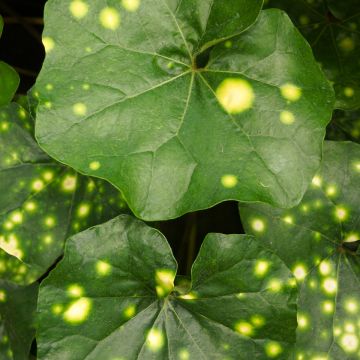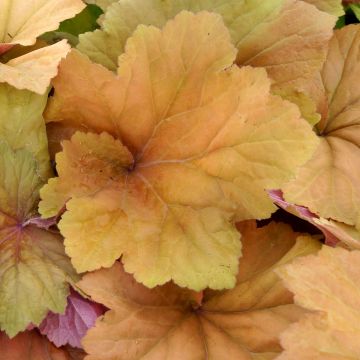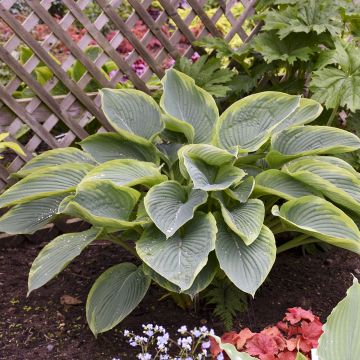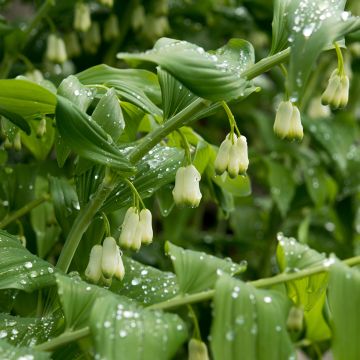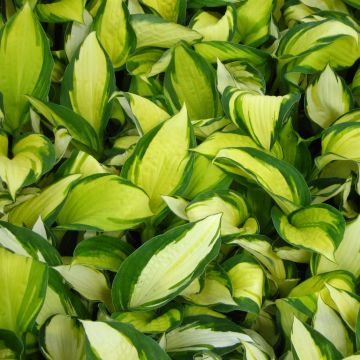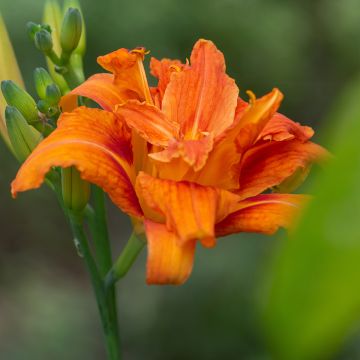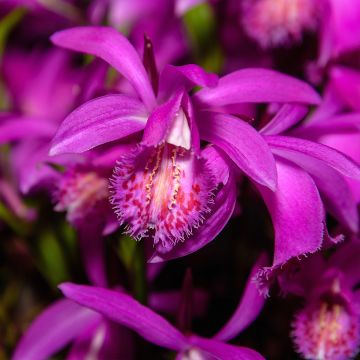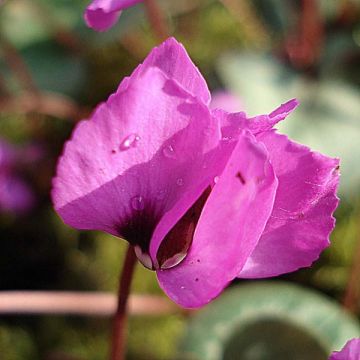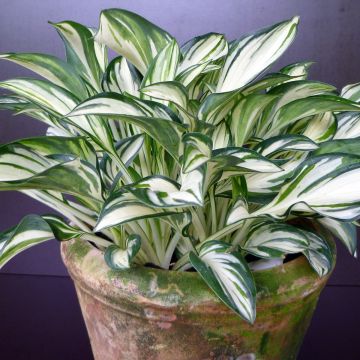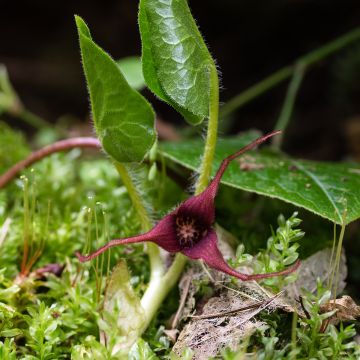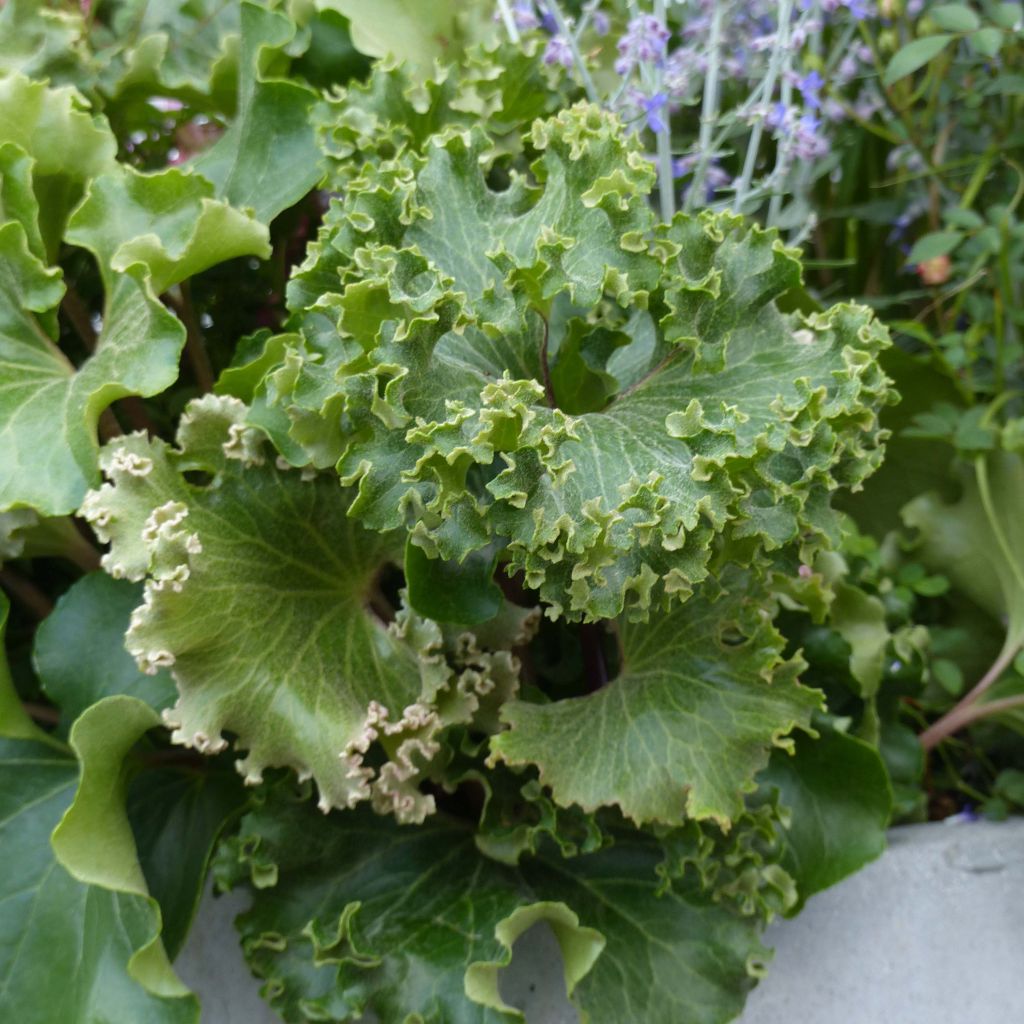

Farfugium japonicum Wavy Gravy
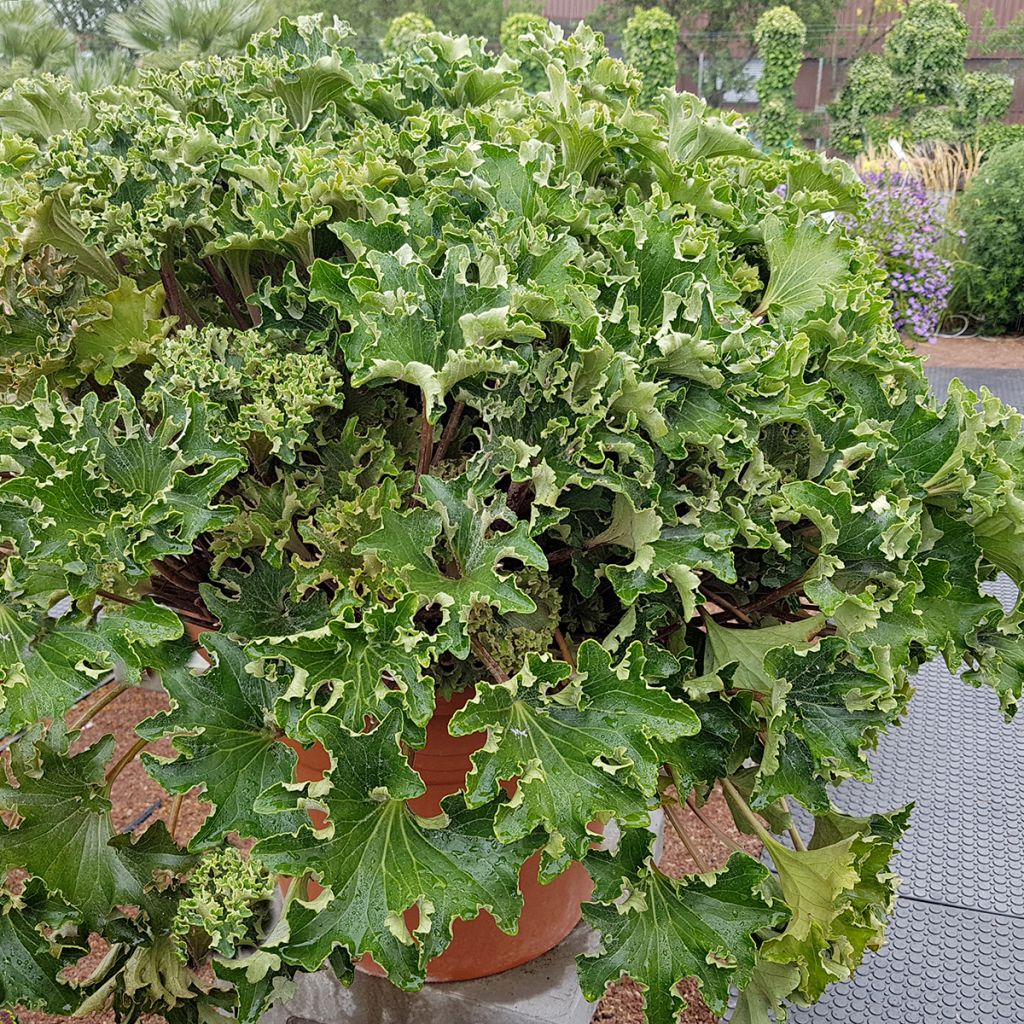

Farfugium japonicum Wavy Gravy
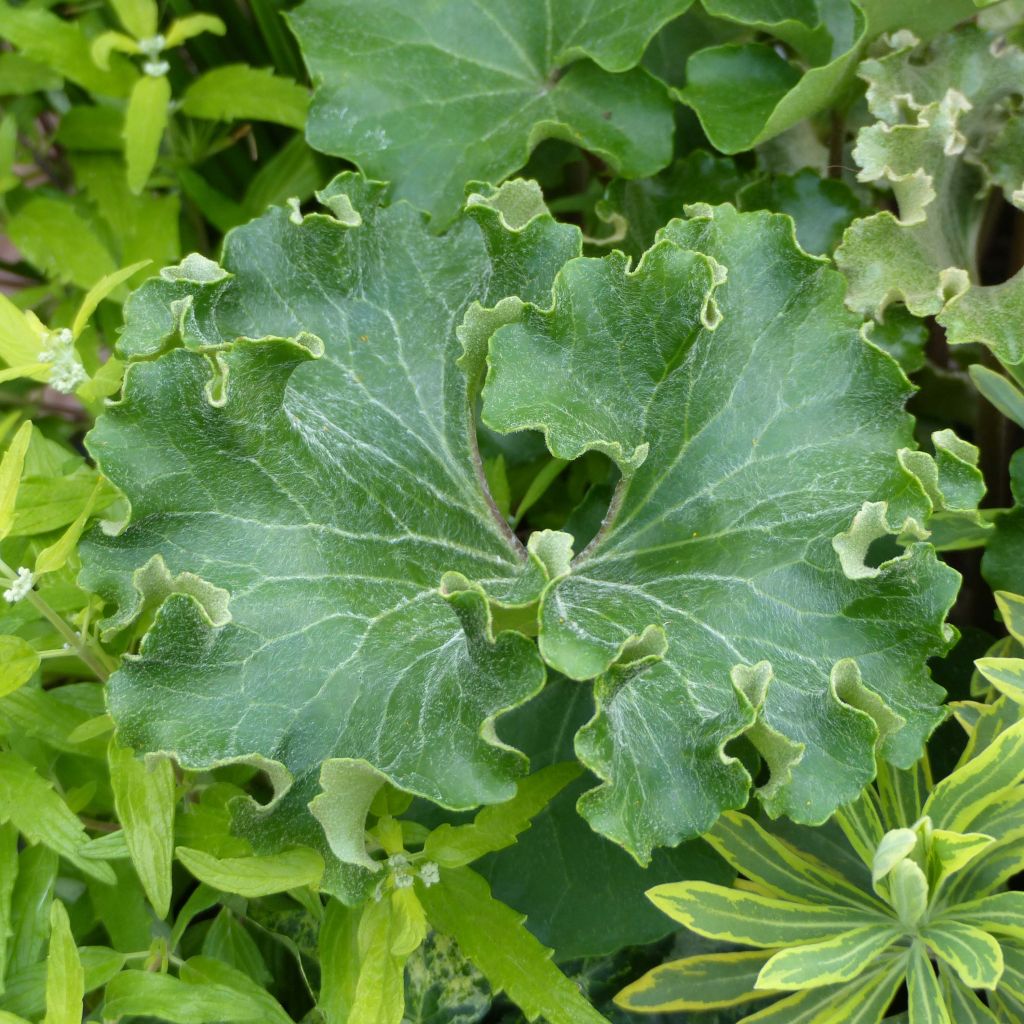

Farfugium japonicum Wavy Gravy
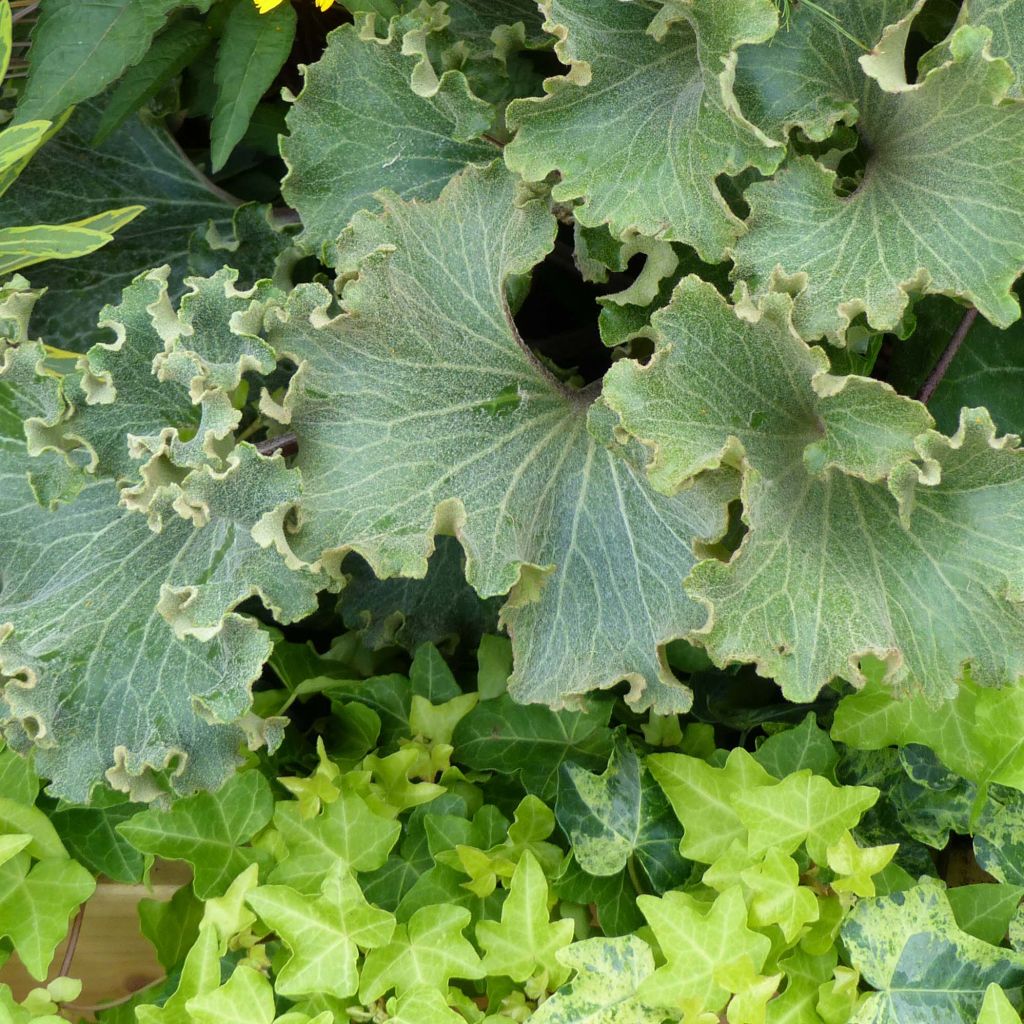

Farfugium japonicum Wavy Gravy
Farfugium japonicum Wavy Gravy
Farfugium japonicum Wavy Gravy
Leopard Plant, Green Leopard Plant
This item cannot be shipped to the selected country
Delivery charge from €5.90
Delivery charge from €5.90
More information
Schedule delivery date,
and select date in basket
This plant carries a 12 months recovery warranty
More information
We guarantee the quality of our plants for a full growing cycle, and will replace at our expense any plant that fails to recover under normal climatic and planting conditions.
From €5.90 for pickup delivery and €6.90 for home delivery
Express home delivery from €8.90.
From €5.90 for pickup delivery and €6.90 for home delivery
Express home delivery from €8.90.
Does this plant fit my garden?
Set up your Plantfit profile →
Description
The Farfugium japonicum 'Wavy Gravy' is a brand new form of a beautiful Japanese perennial also known as Ligularia tussilagineum with intensely curly foliage. A close relative of ligularias, it is a rhizomatous and evergreen perennial, loving shady places and humid environments. This variety has a curly cabbage-like appearance: it forms compact clumps of large round and frilly leaves, with a shiny grey-blue-green colour, bordered by intense undulations that play with the light in an admirable way. It produces clusters of flowers in early autumn, resembling small yellow daisies that last a long time in a vase. It is a slightly frost-sensitive, whimsical and fantastic plant, highly sought after by enthusiasts of Japanese gardens and collectors of unusual plants. Amazing in wet areas of the garden, it will create a sensation in a large pot.
The Farfugium japonicum, sometimes called leopard plant in its variegated forms, is native to Japan, specifically coastal areas, along riversides. Its underground rhizome is not very invasive. 'Wavy Gravy' is a brand new variety that was highly noted at the 2018 Salon du Végétal. It is a densely clumping perennial, reaching a height of 55 cm (22in) and a width of 60 cm (24in) at maturity, slowly but steadily spreading if the conditions suit it. It bears large leaves on long sturdy petioles, tomentose and light brownish-grey during their growth, which become thick and glossy like leather at maturity, somewhat reminiscent of water lily leaves. Each leaf measures 10 to 20 cm (4 to 8in) in diameter and has extremely frilly edges. They display a beautiful green-blue-grey color, with deep darker veins. From October onwards, the flowering stems rise above the foliage, adorned with a few yellow heads, 2 to 3 cm (1in) wide, grouped in loose panicles.
The Farfugium japonicum 'Wavy Gravy' is particularly ornamental in shaded areas, on the terrace or in the garden, lasting late into the season. It is not invasive and is sensitive to temperatures below -12°C (10.4°F). As this Farfugium loves humidity and dislikes the sun, it can be planted near a pond or in a damp woodland. It can be combined with snowdrops, Solomon's seals, ligularias, and well-established peonies. In a Japanese garden, under trees, the luxuriance and the shiny undulating leaves, the yellow brilliance of the flowers, and matte grey pebbles will create a very graphic composition. It also grows very well in pots to overwinter in a cold greenhouse, while spending the summer on a shady terrace.
The Japanese consume the spring leaves as cooked vegetables, as well as the flower buds and flowers in tempura. They also make a liqueur with the flower buds and flowers.
Report an error about the product description
Farfugium japonicum Wavy Gravy in pictures
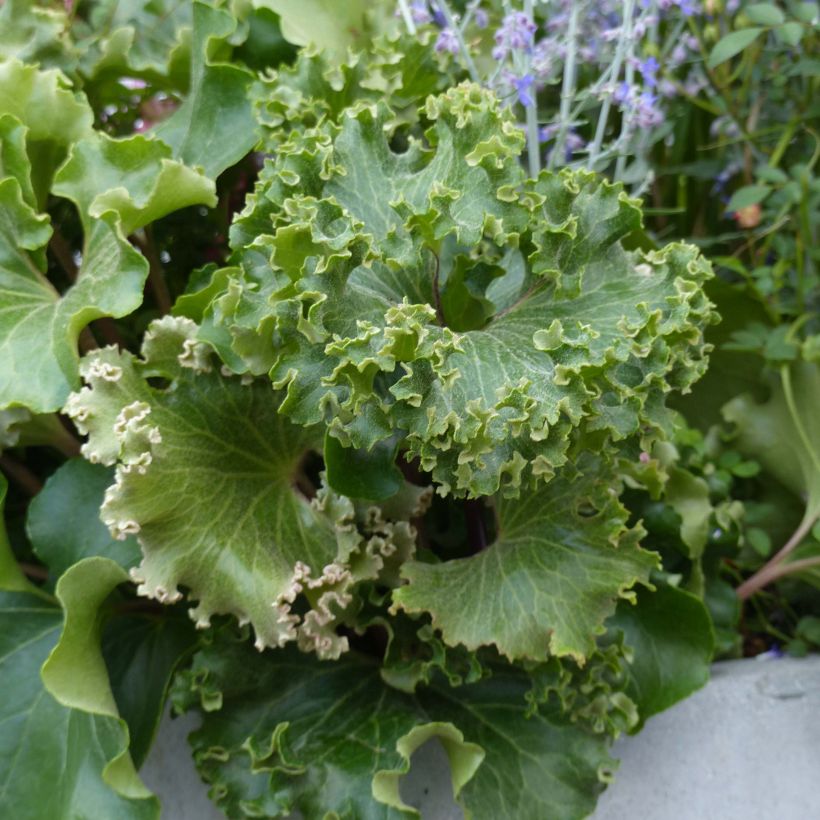

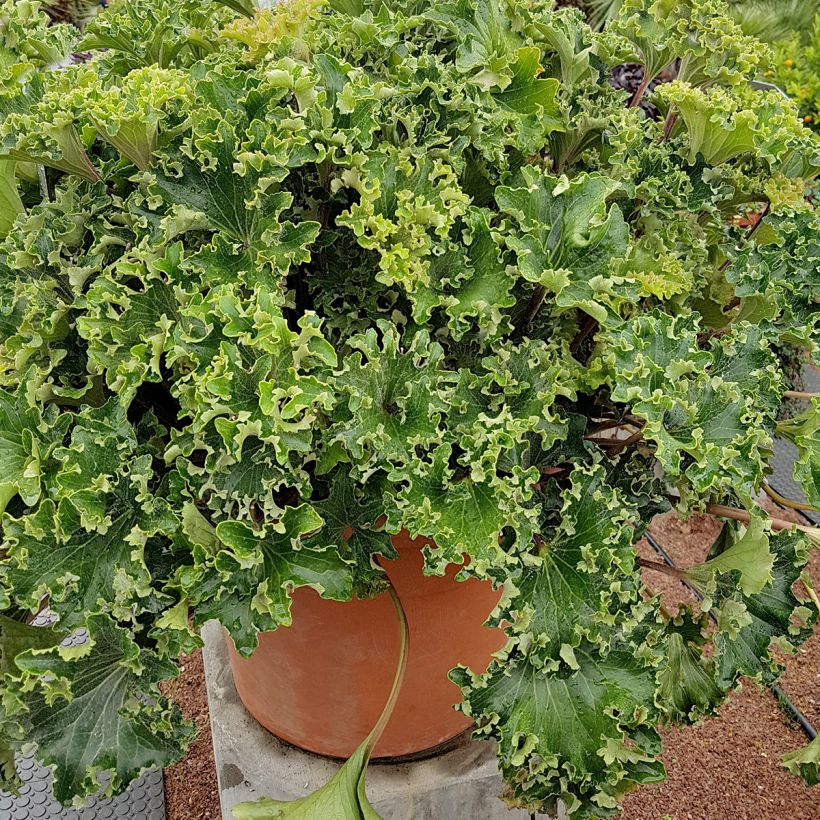

Flowering
Foliage
Plant habit
Botanical data
Farfugium
japonicum
Wavy Gravy
Asteraceae
Leopard Plant, Green Leopard Plant
Cultivar or hybrid
Other Farfugium
Planting and care
The Farfugium japonicum 'Wavy Gravy' is easily grown in shade or partial shade, in constantly moist or even wet, ordinary but fertile soil. Its cultivation requires an annual top dressing of compost or spring fertiliser to enrich the soil. It is hardy down to -10/-12°C (14/10.4°F), regrowing from the stump in spring. Its foliage disappears below -7°C (19.4°F). To help it endure cold winters, apply a mulch of leaves or plant debris to protect the stump.
The Farfugium japonicum is easily grown in a large pot, with regular watering. The pots should be overwintered in a cold greenhouse, allowing the plant to retain its leaves in regions where winters are too severe. Be aware of attacks from gastropods, which are fond of young shoots.
Planting period
Intended location
Care
This item has not been reviewed yet - be the first to leave a review about it.
Shade-loving perennials
Haven't found what you were looking for?
Hardiness is the lowest winter temperature a plant can endure without suffering serious damage or even dying. However, hardiness is affected by location (a sheltered area, such as a patio), protection (winter cover) and soil type (hardiness is improved by well-drained soil).

Photo Sharing Terms & Conditions
In order to encourage gardeners to interact and share their experiences, Promesse de fleurs offers various media enabling content to be uploaded onto its Site - in particular via the ‘Photo sharing’ module.
The User agrees to refrain from:
- Posting any content that is illegal, prejudicial, insulting, racist, inciteful to hatred, revisionist, contrary to public decency, that infringes on privacy or on the privacy rights of third parties, in particular the publicity rights of persons and goods, intellectual property rights, or the right to privacy.
- Submitting content on behalf of a third party;
- Impersonate the identity of a third party and/or publish any personal information about a third party;
In general, the User undertakes to refrain from any unethical behaviour.
All Content (in particular text, comments, files, images, photos, videos, creative works, etc.), which may be subject to property or intellectual property rights, image or other private rights, shall remain the property of the User, subject to the limited rights granted by the terms of the licence granted by Promesse de fleurs as stated below. Users are at liberty to publish or not to publish such Content on the Site, notably via the ‘Photo Sharing’ facility, and accept that this Content shall be made public and freely accessible, notably on the Internet.
Users further acknowledge, undertake to have ,and guarantee that they hold all necessary rights and permissions to publish such material on the Site, in particular with regard to the legislation in force pertaining to any privacy, property, intellectual property, image, or contractual rights, or rights of any other nature. By publishing such Content on the Site, Users acknowledge accepting full liability as publishers of the Content within the meaning of the law, and grant Promesse de fleurs, free of charge, an inclusive, worldwide licence for the said Content for the entire duration of its publication, including all reproduction, representation, up/downloading, displaying, performing, transmission, and storage rights.
Users also grant permission for their name to be linked to the Content and accept that this link may not always be made available.
By engaging in posting material, Users consent to their Content becoming automatically accessible on the Internet, in particular on other sites and/or blogs and/or web pages of the Promesse de fleurs site, including in particular social pages and the Promesse de fleurs catalogue.
Users may secure the removal of entrusted content free of charge by issuing a simple request via our contact form.
The flowering period indicated on our website applies to countries and regions located in USDA zone 8 (France, the United Kingdom, Ireland, the Netherlands, etc.)
It will vary according to where you live:
- In zones 9 to 10 (Italy, Spain, Greece, etc.), flowering will occur about 2 to 4 weeks earlier.
- In zones 6 to 7 (Germany, Poland, Slovenia, and lower mountainous regions), flowering will be delayed by 2 to 3 weeks.
- In zone 5 (Central Europe, Scandinavia), blooming will be delayed by 3 to 5 weeks.
In temperate climates, pruning of spring-flowering shrubs (forsythia, spireas, etc.) should be done just after flowering.
Pruning of summer-flowering shrubs (Indian Lilac, Perovskia, etc.) can be done in winter or spring.
In cold regions as well as with frost-sensitive plants, avoid pruning too early when severe frosts may still occur.
The planting period indicated on our website applies to countries and regions located in USDA zone 8 (France, United Kingdom, Ireland, Netherlands).
It will vary according to where you live:
- In Mediterranean zones (Marseille, Madrid, Milan, etc.), autumn and winter are the best planting periods.
- In continental zones (Strasbourg, Munich, Vienna, etc.), delay planting by 2 to 3 weeks in spring and bring it forward by 2 to 4 weeks in autumn.
- In mountainous regions (the Alps, Pyrenees, Carpathians, etc.), it is best to plant in late spring (May-June) or late summer (August-September).
The harvesting period indicated on our website applies to countries and regions in USDA zone 8 (France, England, Ireland, the Netherlands).
In colder areas (Scandinavia, Poland, Austria...) fruit and vegetable harvests are likely to be delayed by 3-4 weeks.
In warmer areas (Italy, Spain, Greece, etc.), harvesting will probably take place earlier, depending on weather conditions.
The sowing periods indicated on our website apply to countries and regions within USDA Zone 8 (France, UK, Ireland, Netherlands).
In colder areas (Scandinavia, Poland, Austria...), delay any outdoor sowing by 3-4 weeks, or sow under glass.
In warmer climes (Italy, Spain, Greece, etc.), bring outdoor sowing forward by a few weeks.

































